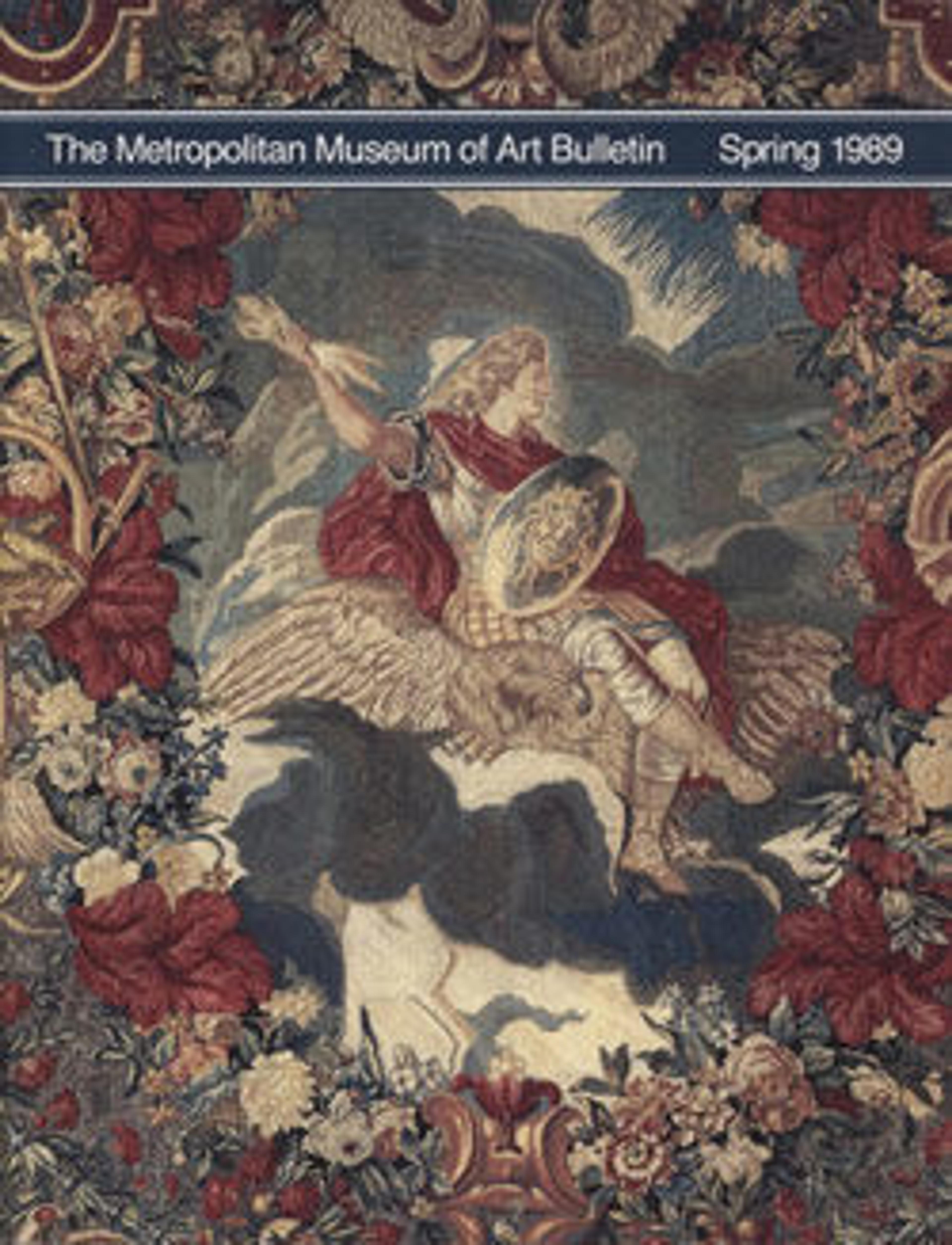Sugar caster
Europeans not only used sugar to sweeten coffee, tea, and chocolate imported from the Americas, India, and East Asia, but also to complement savory dishes and flavor fruit and desserts. The taste for sugar drove a rapid expansion of enslaved labor in the Caribbean.
Crystallized sugar was shipped in hard, paper-wrapped cones which had to be broken or cut into small pieces. Served in a bowl, small lumps of sugar were offered with tea and coffee, the hot liquids quickly dissolving the lumps of sugar. Alternatively, the imported sugar was refined in France and crushed into a fine powder for use as a condiment during the meal. This required a different type of serving vessel: either a caster with an openwork lid for sprinkling, or a lidded bowl with a pierced spoon for dusting.
Small casters to contain salt, ground pepper, spices, and dry mustard were already used in France by the mid-1600s. With the increasing sugar consumption, taller casters for powdered sugar were added to the table. A dusting of fine grain or powdered sugar enhanced the flavor of fresh fruit served at the time of the dessert.
The early cylindrical form of the sugar caster with a pierced domed lid surmounted by a finial or knob, gave way in the eighteenth century to a more elegant baluster shape. The ornate openwork of the lid allowed the sugar to be sprinkled (saupoudroir) or “cast.” This example, by the Paris silversmith David André, dates to 1709-10. Its decorative scheme is derived from designs by Jean Berain.
Daughter of one of the founders of the Weyerhaeuser Timber Company, Catherine D. Wentworth (1865–1948) was an art student and painter who lived in France for thirty years. She became one of the most important American collectors of eighteenth-century French silver and on her death in 1948 bequeathed part of her significant collection of silver, gold boxes, French furniture, and textiles to the Metropolitan Museum.
Crystallized sugar was shipped in hard, paper-wrapped cones which had to be broken or cut into small pieces. Served in a bowl, small lumps of sugar were offered with tea and coffee, the hot liquids quickly dissolving the lumps of sugar. Alternatively, the imported sugar was refined in France and crushed into a fine powder for use as a condiment during the meal. This required a different type of serving vessel: either a caster with an openwork lid for sprinkling, or a lidded bowl with a pierced spoon for dusting.
Small casters to contain salt, ground pepper, spices, and dry mustard were already used in France by the mid-1600s. With the increasing sugar consumption, taller casters for powdered sugar were added to the table. A dusting of fine grain or powdered sugar enhanced the flavor of fresh fruit served at the time of the dessert.
The early cylindrical form of the sugar caster with a pierced domed lid surmounted by a finial or knob, gave way in the eighteenth century to a more elegant baluster shape. The ornate openwork of the lid allowed the sugar to be sprinkled (saupoudroir) or “cast.” This example, by the Paris silversmith David André, dates to 1709-10. Its decorative scheme is derived from designs by Jean Berain.
Daughter of one of the founders of the Weyerhaeuser Timber Company, Catherine D. Wentworth (1865–1948) was an art student and painter who lived in France for thirty years. She became one of the most important American collectors of eighteenth-century French silver and on her death in 1948 bequeathed part of her significant collection of silver, gold boxes, French furniture, and textiles to the Metropolitan Museum.
Artwork Details
- Title:Sugar caster
- Maker:David André (master 1703, died 1743)
- Date:1709–10
- Culture:French, Paris
- Medium:Silver
- Dimensions:Height: 9 1/16 in. (23 cm)
- Classification:Metalwork-Silver
- Credit Line:Bequest of Catherine D. Wentworth, 1948
- Object Number:48.187.73a, b
- Curatorial Department: European Sculpture and Decorative Arts
More Artwork
Research Resources
The Met provides unparalleled resources for research and welcomes an international community of students and scholars. The Met's Open Access API is where creators and researchers can connect to the The Met collection. Open Access data and public domain images are available for unrestricted commercial and noncommercial use without permission or fee.
To request images under copyright and other restrictions, please use this Image Request form.
Feedback
We continue to research and examine historical and cultural context for objects in The Met collection. If you have comments or questions about this object record, please contact us using the form below. The Museum looks forward to receiving your comments.
